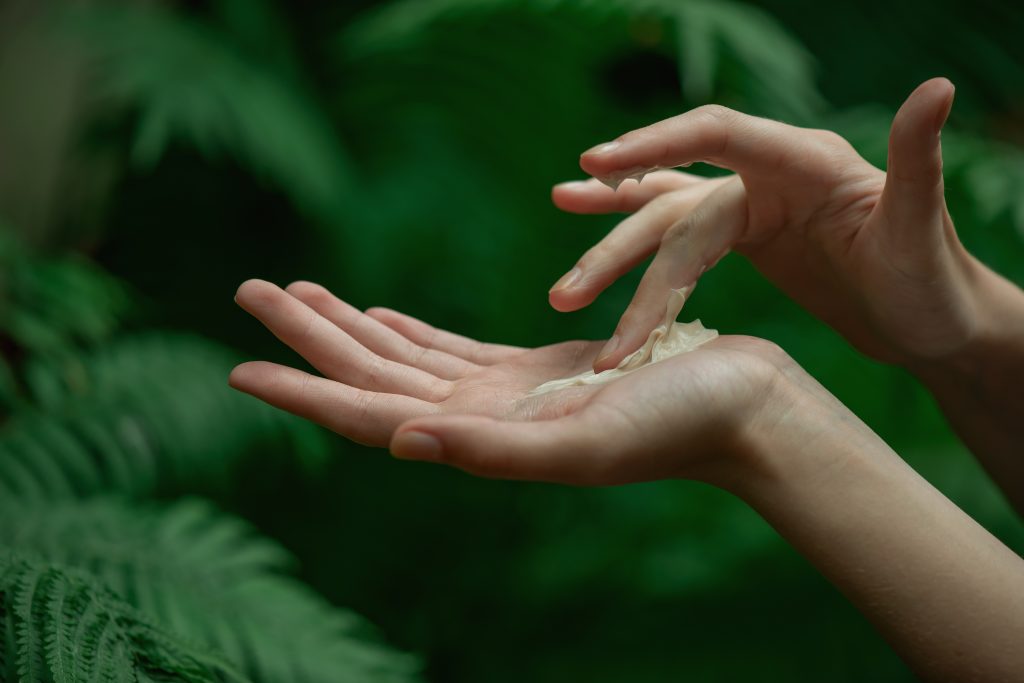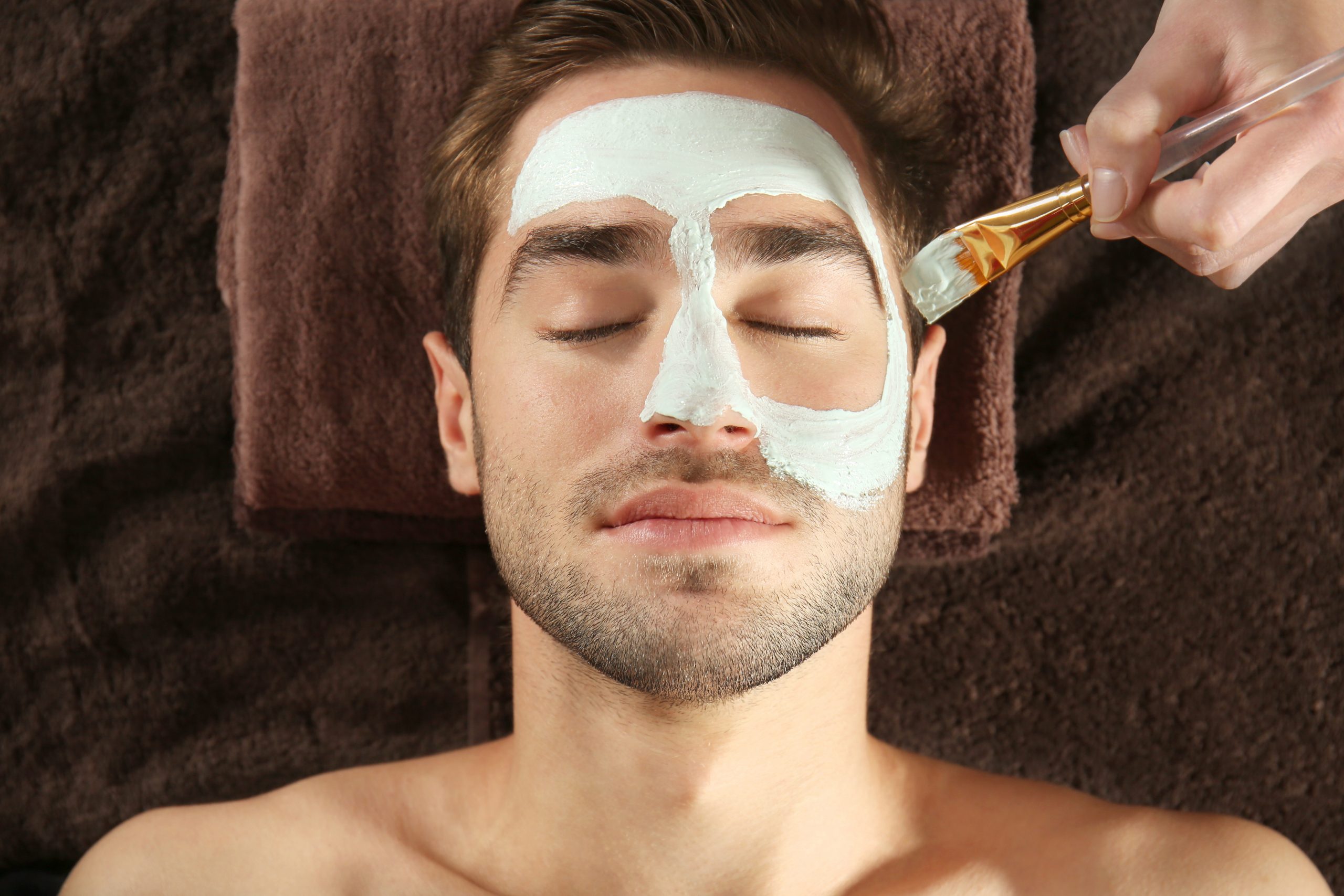Cannabis has been used by societies all around the world for thousands of years. In fact, the cannabis plant has been utilized for both its medicinal, nutritional, industrial, and recreational properties since before the prime of many well-known ancient societies, including the Ancient Egyptians! It might seem pretty amazing, then, that by many accounts, cannabis is only thought to have been brought to the Americas in the 15th-16th centuries! The crop is believed to have been brought to the US and other parts of North and South America by Spanish, Portuguese, and British colonizers. Following its introduction, the crop was reported to be an important crop, cultivated for fiber, by colonies in New England. Since that time, cannabis has had one hell of a bumpy ride. From industrial hero in colonial times up until the World Wars and medical marvel in the 19th and early 20th centuries to eventual outlaw. So, how has this diverse crop affected people’s lifestyles over this period?
Cannabis as a Medicine
While evidence suggests that early uses of cannabis were either industrial – such as for the manufacture of clothing and weapons – or nutritional, the crop has also enjoyed a long history of medicinal use. The cannabis plant has graced many a medical handbook over its thousands of years in favor. Interestingly, the medical use of the plant has been discovered in ancient texts and artwork from all over the world. From ancient China to ancient Egypt, right up to Victorian England, cannabis was used to treat all manner of complaints.
- Evidence shows that cannabis may have been used by ancient Egyptians to manage pain and in ancient China as an anesthetic. In the 19th century, famed Irish physician William O’Shaughnessey even documented its potential in the treatment of epilepsy. Queen Victoria herself was even prescribed cannabis to manage menstrual pain!
- This long history of healing only ended in the 20th century with the introduction of several bills and laws increasingly prohibiting the use of the plant. Then came decades of cannabis prohibition. Unluckily, this period coincided with the most significant improvement in scientific research in our history – a fact that still affects our scientific knowledge of the cannabis plant to this day. Only now are we beginning to see the scientific evidence needed to liberate this plant and its medicinal potential for the millions?
- But there is still so much more to this plant. It has its own cultural and societal implications that have affected people all around the world and particularly in the US.
The Cultural History of Cannabis
The use of cannabis has long been associated with minorities, including Black people and minorities, whether justified or not. In the early 20th century – when cannabis use was still widely acceptable, especially among white people, this association began to turn more malicious. It was this association, in fact, that enabled the demonization of minorities and eventual prohibition of the plant in the US and other parts of the world. Many accounts place the popular uptake of recreational cannabis on the migration of Mexican refugees fleeing the Mexican Revolution. It was during this time that cannabis began to be known as “marihuana” in the US – the name used among Mexicans. This helped to link the plant to immigrants and helped to sow seeds of prejudice within the majority white population. Next came the Jazz Age and the use of cannabis among Black Jazz musicians. Jazz and everything it represented was seen as a hindrance to the elite classes in the early days; though this was soon to change. Early Jazz musicians tell of using cannabis to inspire creativity. However, the music’s association with Black people helped to further demonize the use of the plant among the population. Finally, another “counter-culture” adoption of cannabis began with the hippy era. The 1960s and 70s saw a huge amount of cultural changes, many of which were associated with recreational and psychedelic drug use – cannabis remaining one of the most popular. While this time was not generally associated with race, the use of cannabis by societal ‘deviants’ helped to bring about the final and absolute prohibition and criminalization of cannabis use in the US.
The Emergence of a New Cannabis Lifestyle
After being shut out from the mainstream for decades, cannabis is enjoying a renaissance around the world. California became the first state to legalize the medical use of cannabis in 1996 and since then, a growing number of people have experienced the benefits of this amazing crop. Now, over two-thirds of Americans live in a state where recreational cannabis is legal. Many more have access to medical cannabis and cannabis-derived products, like CBD. This versatile catalog of products is now used to enhance the lifestyles of people from every walk of life.

The Potential of CBD
CBD is now available in many forms, from oils and creams to vapes and edibles. This makes it easier than ever before to explore the potential of cannabis. The non-intoxicating properties of CBD also make it appealing to many more people, and evidence shows that CBD and cannabis use is now evening out across all demographics, including age, race, and gender! While the evidence is still in its infancy (thanks to prohibition!), a growing body of evidence supports the potential of CBD in a number of therapeutic applications – many of which could help achieve a higher quality of life!

CBD and Anxiety
Anxiety is at peak levels in the US, particularly among young adults. The pressures experienced from social media and the recent Coronavirus lockdowns obviously do not help. However, increasing evidence suggests that CBD could be useful. Experts believe that CBD’s ability to interact with the human Endocannabinoid System (ECS) could be behind this. The ECS is a receptor system which is believed to play a role in mood regulation, making it a potentially useful target for future anti-anxiety treatments.
CBD and Improved Sleep
Another benefit of CBD that could help us to significantly improve our lifestyle is its potential to improve our sleep. Some experts believe that improvements in sleep associated with CBD use may also be linked to the cannabinoid’s ability to reduce anxiety and stress – both of which play a huge role in poor sleep. One large case study assessed the use of CBD in patients with anxiety and poor sleep. They found that over two-thirds of participants reported improved sleep within the first month of the study!


